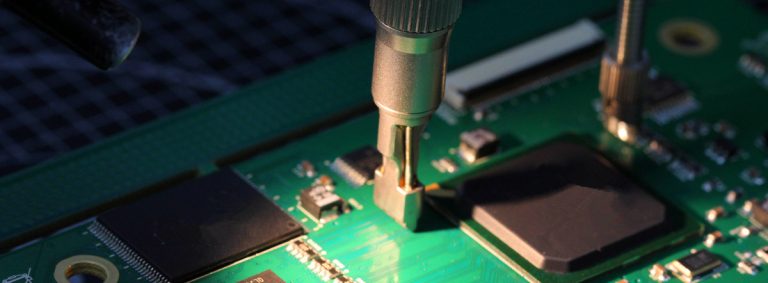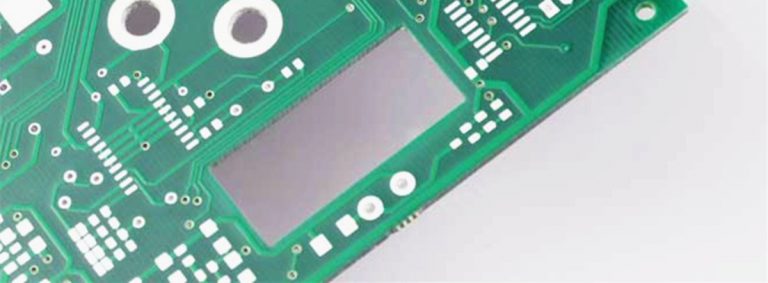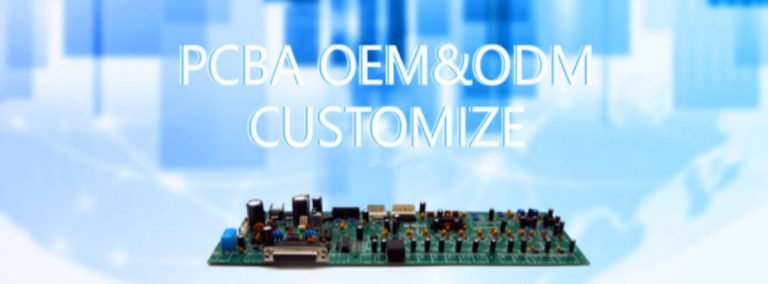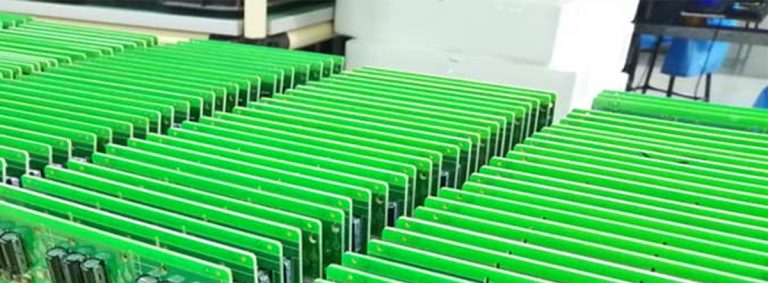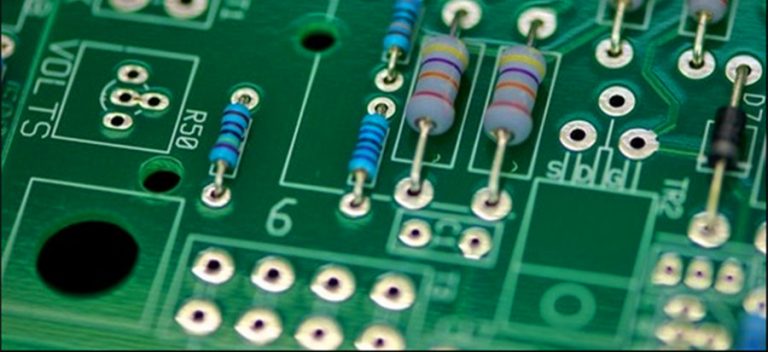What will the Impact of the Reflow Soldering Process for PCB Proofing?

The reflow soldering process for PCB is a very important process in the welding stage in the small batch processing of SMT proofing. The quality of the small batch processing of SMT proofing depends largely on the welding quality, and the reflow soldering process will directly affect the quality of the patch welding.
Electronic processing plants must continuously optimize the reflow soldering process and improve the soldering quality when processing SMT OEM materials. Circuit board processing enterprises are committed to providing high-quality electronic products and services.
The problems in the reflow process of SMT proofing and small batch processing in the actual process are not only related to this process but also may be related to many previous processes, such as production line equipment conditions, PCBA substrates The design of pads and productivity, the solderability of components, the quality of solder paste, the processing quality of printed circuit boards and the process parameters of each process of SMT patch processing, etc., are related to the pad design of the circuit board. important connection.
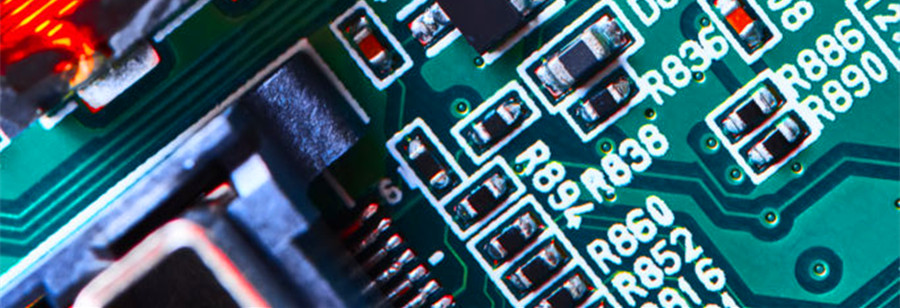
1. Common defects of reflow soldering:
1. The via hole is designed on the pad, and the solder will flow out from the via hole, resulting in the insufficient solder paste.
2. When the spacing between the pads is too large or too small, during reflow soldering, since the soldered ends of the components cannot overlap with the pads, a suspension bridge and displacement will occur.
3. When the size of the pads is asymmetric, or the ends of the two components are designed on the same pad, the surface tension will be asymmetrical, which will also cause suspension bridges and displacements.
2. The key elements that should be mastered in the design of integrated circuit board pads: According to the analysis of the solder joint structure of various Surface-mount technology components, in order to ensure the reliability of the solder joints, the pad design should meet the following elements:
1. Pad width: It should be basically the same as the width of the component end or pin.
2. Pad spacing: ensure the proper overlap size between the component end or pin and the pad.
3. Symmetry: The pads at both ends are symmetrical to ensure the balance of the surface tension of the molten solder.
4. Remaining size of the pad: the remaining size of the component end or pin after overlapping the pad ensures that the solder joint can form a meniscus.


